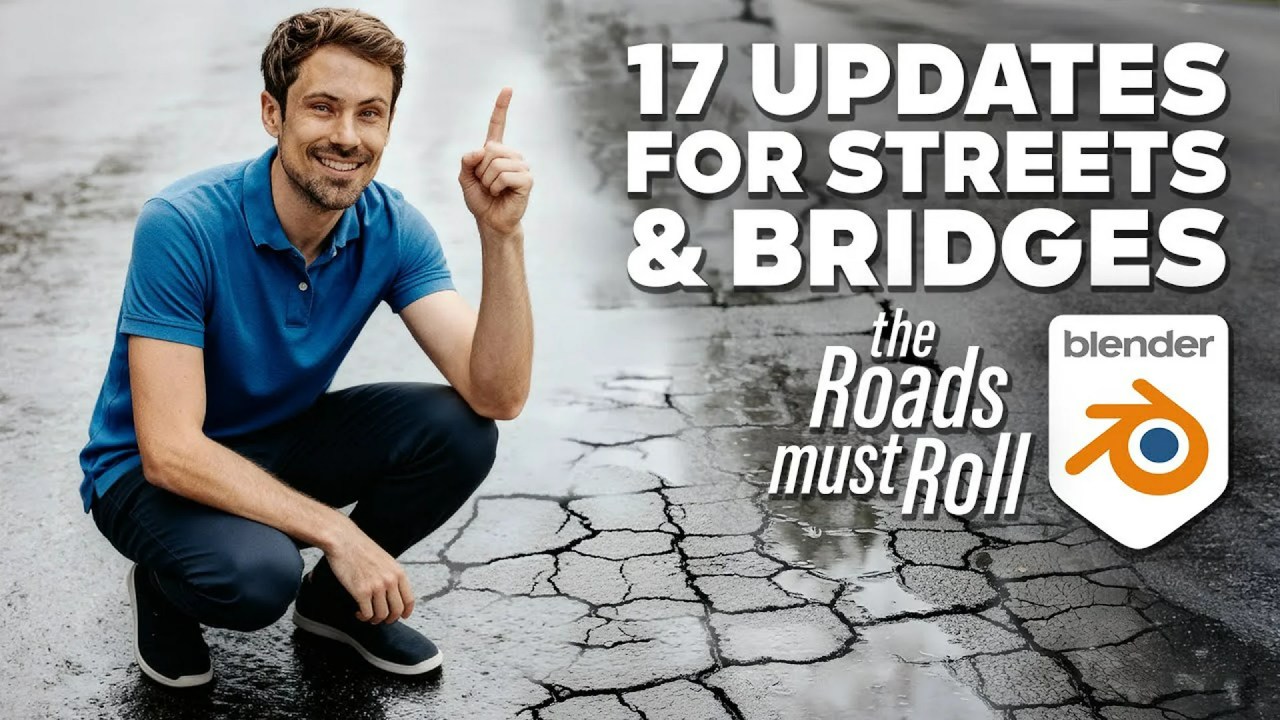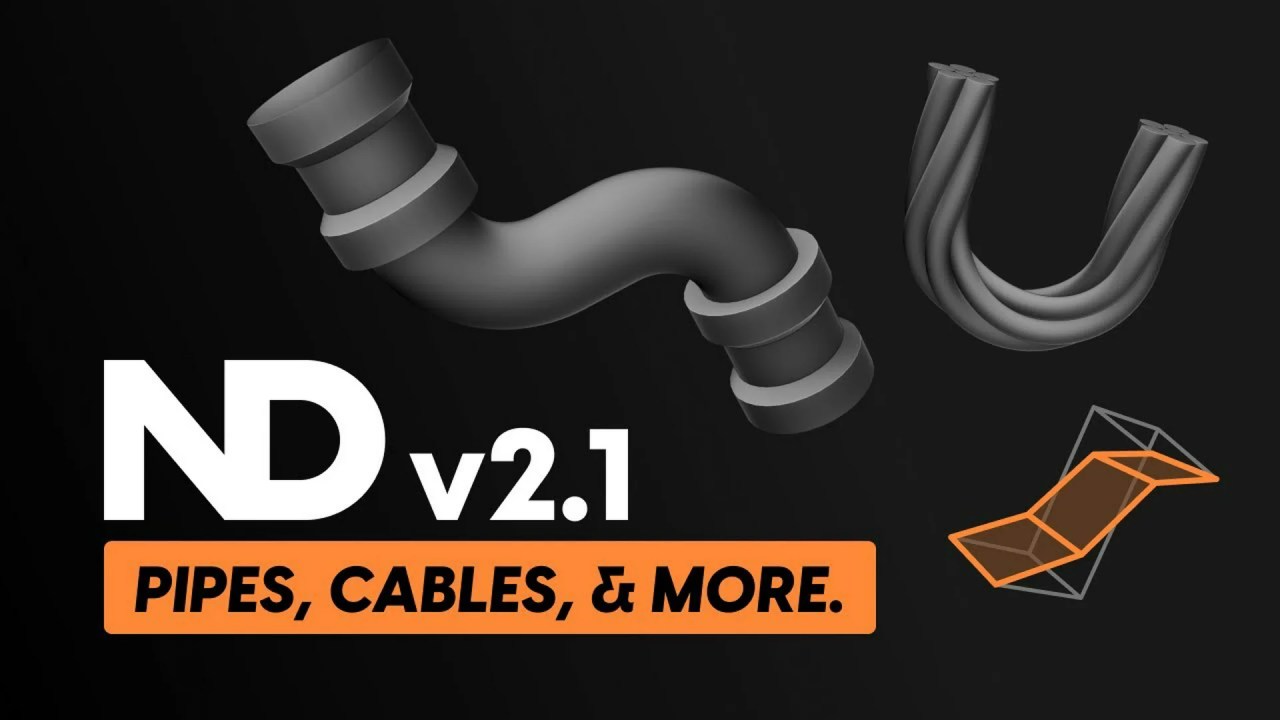Dive into the mesmerizing world of fluid dynamics with Blender! This tutorial unveils how to craft stunning particle swirl effects by cleverly combining Mantaflow simulations with the procedural power of Geometry Nodes, opening up new dimensions for your 3D art.
Creating captivating visual effects often involves a blend of simulation and procedural techniques. In his latest video, 3D artist Marin Kotevski demonstrates how to achieve precisely this, by creating fluid-based particle swirl effects in Blender. This technique combines the realism of Mantaflow fluid simulations with the flexibility of Geometry Nodes, offering a powerful way to generate dynamic and visually appealing results.
Harnessing Mantaflow for Realistic Fluid Motion
Mantaflow, Blender’s integrated fluid simulation engine, is the foundation of this effect. It allows artists to simulate the complex behavior of liquids and gases, creating realistic and dynamic movement. Kotevski uses Mantaflow to generate the initial fluid motion that drives the particle swirls. By carefully adjusting the simulation parameters, such as viscosity and resolution, the artist can control the overall look and feel of the fluid.
Geometry Nodes: The Key to Particle Control
While Mantaflow provides the fluid motion, Geometry Nodes are used to generate, manipulate, and control the particles that make up the swirl effect. Geometry Nodes allow for procedural generation and modification of geometry, offering a non-destructive workflow that’s perfect for experimentation. Kotevski uses Geometry Nodes to:
- Distribute particles within the fluid volume: This ensures that the particles follow the flow of the simulation.
- Control particle size and density: This allows for fine-tuning the visual appearance of the swirls.
- Add additional motion and variation: Geometry Nodes can be used to introduce subtle variations in particle movement, enhancing the realism and visual interest of the effect.
Enhance Your Blender Toolkit
To further enhance your capabilities in Blender, consider exploring tools and resources that complement these techniques:
- FlipFluids Add-on: For those seeking more advanced and customizable fluid simulation options within Blender, the FlipFluids add-on [External Link] offers extended control and features.
- Light Wrangler: Mastering lighting is crucial for showcasing your 3D creations. Light Wrangler [External Link] is an add-on designed to simplify and enhance the lighting workflow in Blender.
- BlenderKit: Accelerate your workflow with BlenderKit [External Link], a vast library of assets and materials directly accessible within Blender.
Putting It All Together
The true magic of this technique lies in the synergy between Mantaflow and Geometry Nodes. The fluid simulation provides a realistic and dynamic base, while Geometry Nodes offer the control and flexibility needed to create stunning particle effects. By mastering these tools, 3D artists can unlock a world of creative possibilities.
Video via Marin Kotevski
In his video, Marin Kotevski expertly guides viewers through the process of creating these mesmerizing fluid-based particle swirls, providing a valuable resource for Blender artists looking to expand their skillset. Be sure to check out the full tutorial for a detailed walkthrough of the technique: Fluid Particle Swirls in Blender (YouTube) [External Link].
Source:
Marinko Tambur – Make This Epic Fluid Particle Swirls in Blender



